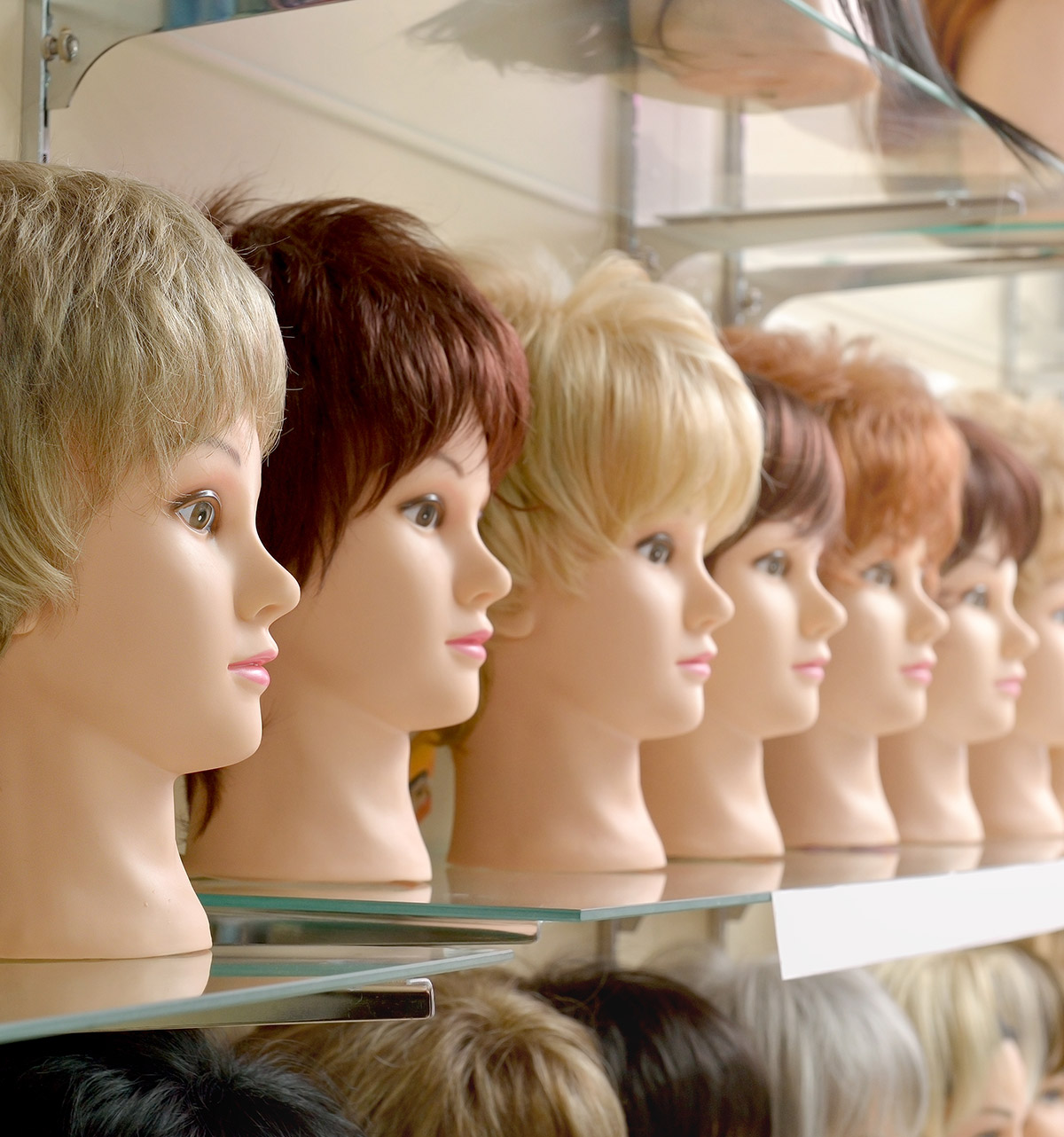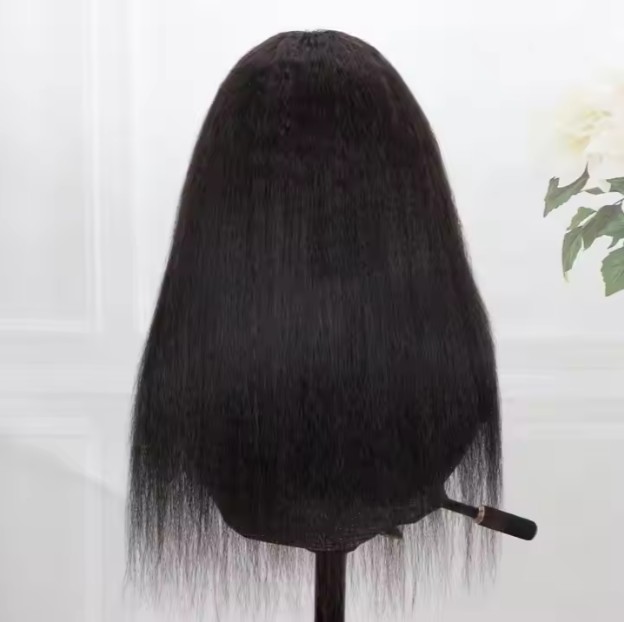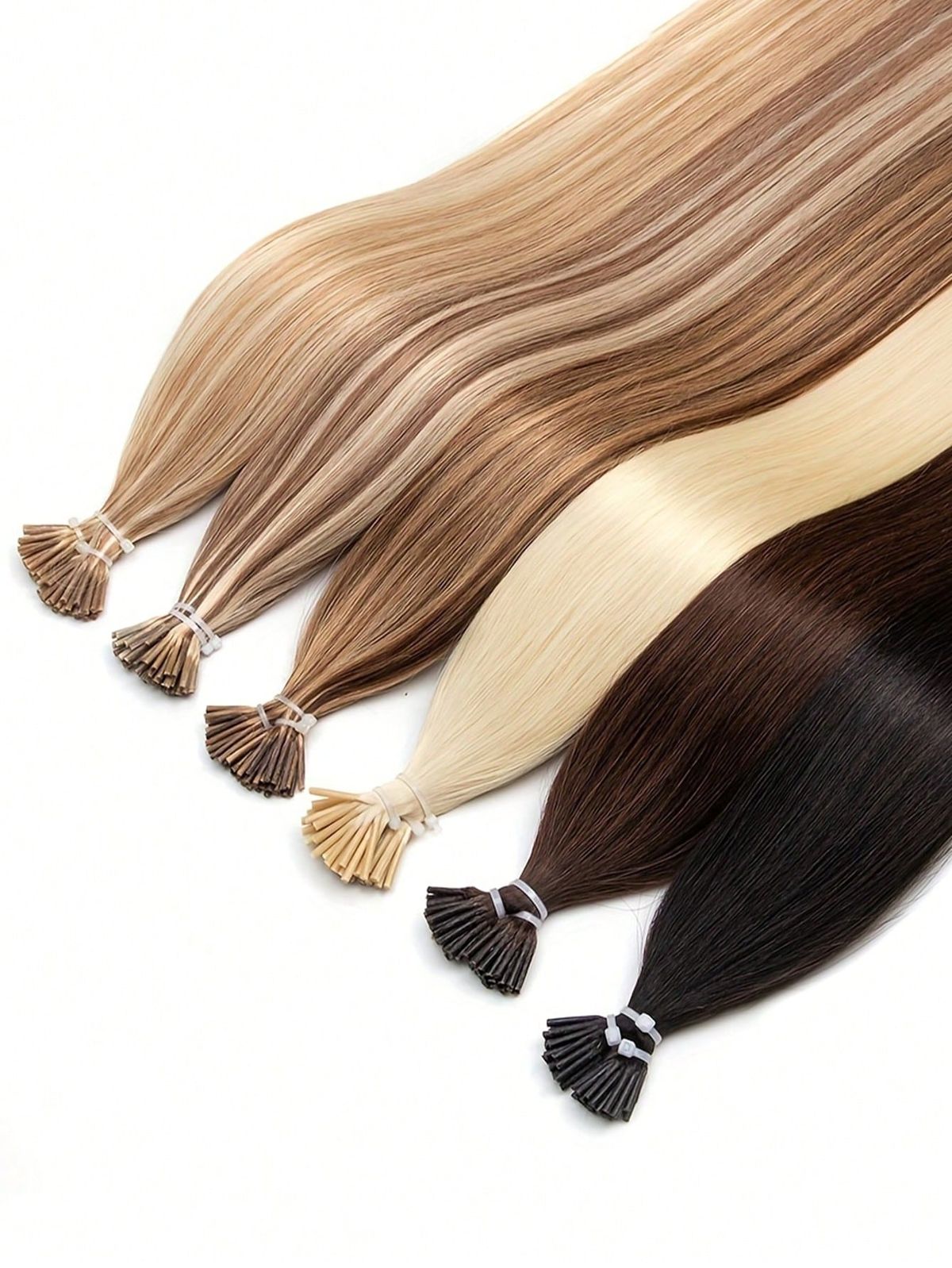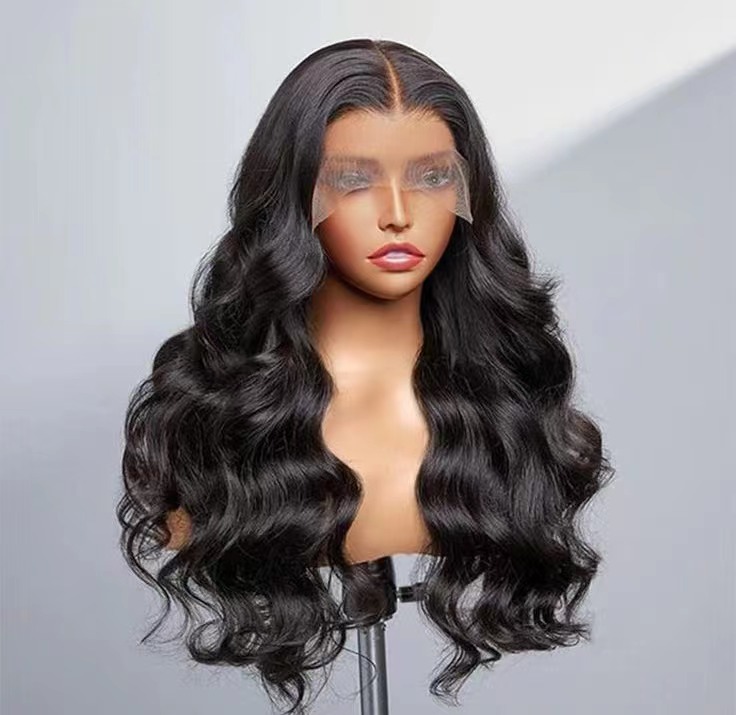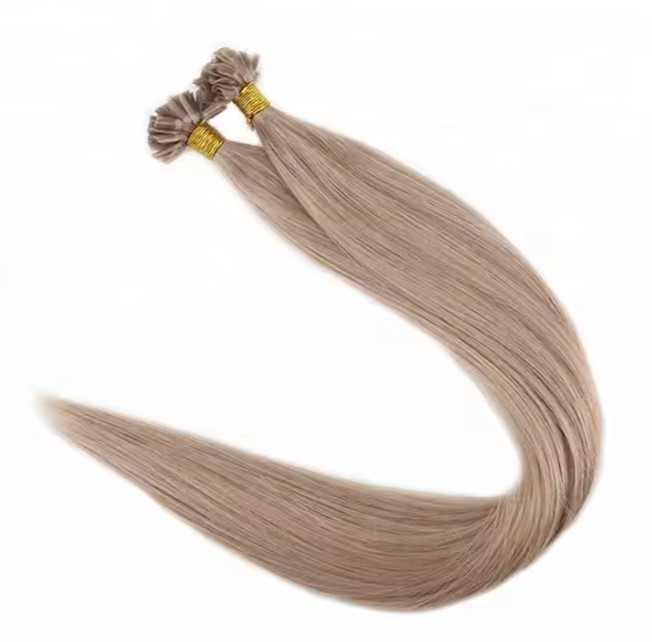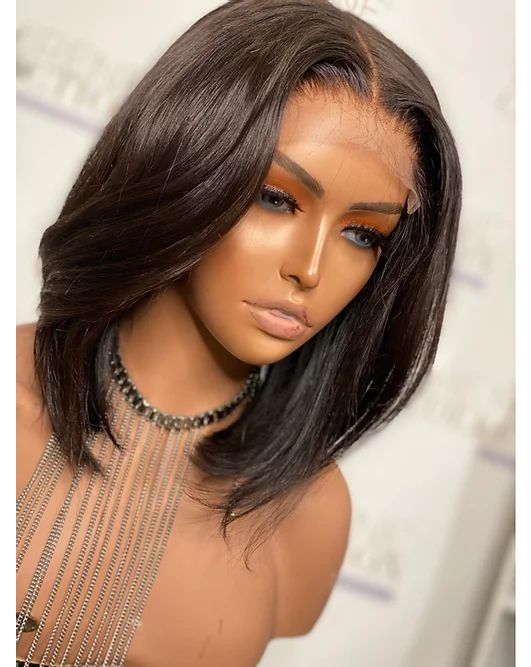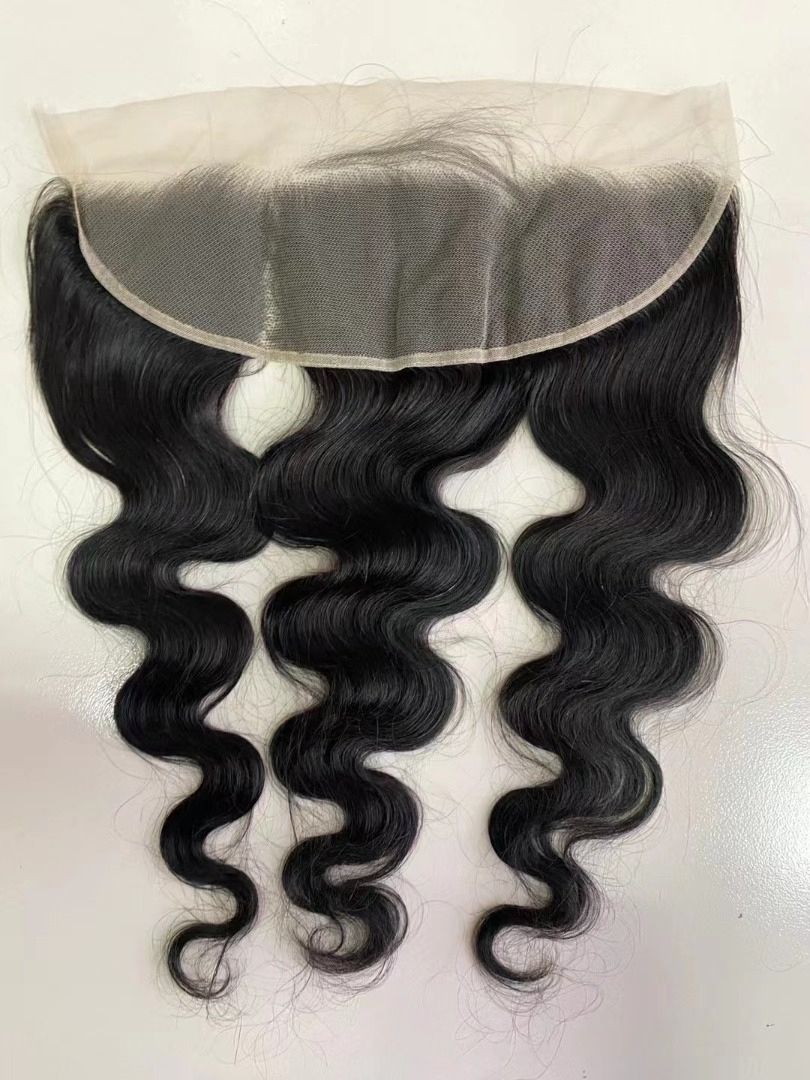How to Identify High-Quality Wholesale Wigs for Everyday Use
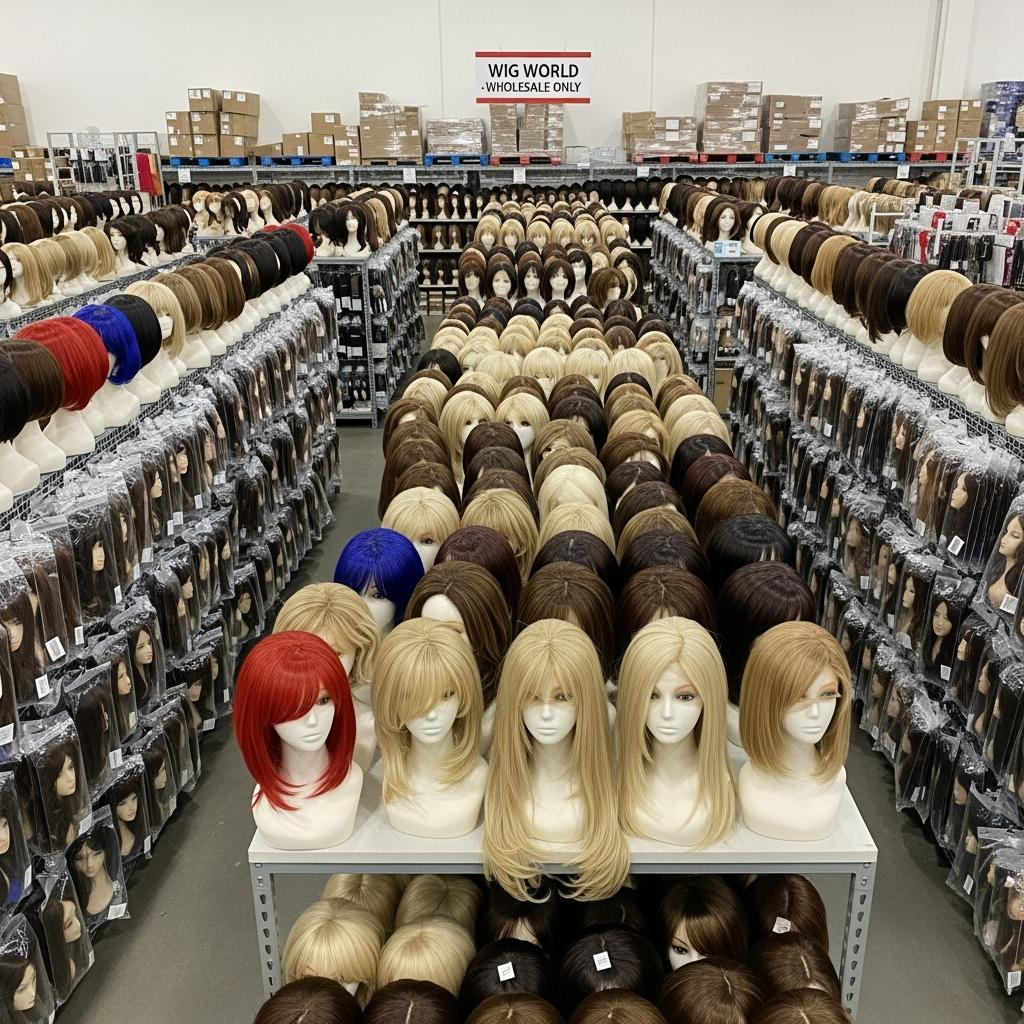
Share
The fastest path to success with How to Identify High-Quality Wholesale Wigs for Everyday Use is simple: test realism after a wash-and-air-dry and verify caps are comfortable for all-day wear. When hair behaves on day three and caps don’t cause hot spots, returns fall and repeat purchases climb. Share your target styles, cap types, lengths/densities, and monthly volumes, and I’ll prepare a sampling-and-QC plan, a vetted supplier shortlist, and a 60–90 day pilot-to-scale roadmap with landed-cost scenarios.

Key Materials to Look for in High-Quality Daily Wear Wigs
Start at the fiber. For human-hair units, prioritize cuticle-aligned remy or virgin hair with consistent length ratios; it should glide root-to-tip smoothly and show only slight resistance in reverse. Post-wash, the sheen should read natural—never glassy—because heavy silicone can mask problems until the first cleanse. For synthetic daily-wear lines, modern heat-friendly fibers can perform well if they hold shape after a light water spritz and resist crisping under low heat.
Lace choices shape realism. HD lace disappears beautifully on camera and in daylight but needs gentle handling; Swiss lace offers a balance of durability and stealth. The best knots are small and clean; micro-knots at the hairline reduce the need for aggressive bleaching, which preserves lace strength. Inside the cap, breathable stretch meshes and soft elastic bands matter as much as the hair—daily wearers will reject any cap that scratches, overheats, or slips. Finally, adhesives, PU strips, and weft seals should be skin-safe and odor-free after washing; any strong chemical odor post-wash is a red flag.
The Role of Cap Construction in Evaluating Wholesale Wigs
Cap engineering determines comfort and confidence. Glueless designs with adjustable bands and combs make daily routines quick and adhesive-light. T‑part caps simplify styling with a defined part and usually price in lower. Lace fronts (13×4 or 13×6) unlock broader parting and half-up looks; full lace or 360 caps add maximum versatility at the cost of more maintenance. Evaluate seam smoothness with a fingertip test, check ear-tab flexibility for a good contour around glasses, and verify nape grip so units don’t creep during long days.
| Cap construction | Comfort and maintenance | Realism and styling | Best-fit use case | Notes referencing How to Identify High-Quality Wholesale Wigs for Everyday Use |
|---|---|---|---|---|
| Glueless (elastic band + combs) | High comfort; fastest routine | Moderate parting; natural line if pre-plucked | Daily commuters and beginners | Core choice for everyday programs |
| T‑part (fixed part) | Light, simple upkeep | Defined middle/side part only | Value tiers and retail bundles | Low training required for staff |
| Lace front 13×4/13×6 | Breathable; needs gentle care | Broad parting; camera-ready hairline | Premium daily sets | Add micro-knots for stealth |
| 360/full lace | Most maintenance | Max styling freedom | Content-led and custom clients | Use sparingly in daily wear lines |
Inspect under daylight and in motion; a cap that looks great but shifts while talking or turns itchy by noon is not a daily-wear winner.

How to Assess the Durability of Daily Wear Wigs for Bulk Purchases
Durability is proven by cycles, not promises. Run a standard wash-and-air-dry, then detangle from ends upward using a wide-tooth comb; minimal shedding and no matting at nape or crown indicate good construction. For lace fronts, tug gently along the hairline to check for knot slippage; stable micro-knots should resist without fraying the mesh. For machine-wefted areas, flex the seam to confirm a low profile and an even, non-flaking seal. Repeat after two to three wears on your sample mannequins to simulate commute humidity and casual restyling. Document results with daylight photos and lot IDs so future batches can be held to the same outcome.
Synthetic vs. Human Hair: Choosing the Right Type for Daily Wear Wigs
The “right” fiber depends on customer lifestyle, budget, and care tolerance. Human hair behaves like natural hair—responding well to gentle heat, retaining shape after washing, and blending convincingly in sunlight. Heat-friendly synthetics offer price advantages and consistent curl memory, but they demand strict heat limits and can lose realism faster under daily friction.
| Dimension | Human hair (remy/virgin) | Heat-friendly synthetic | Practical choice for How to Identify High-Quality Wholesale Wigs for Everyday Use |
|---|---|---|---|
| Post-wash behavior | Natural sheen; shape refreshes with light styling | Memory can flatten or crisp; shine may shift | Human hair wins for long-term daily realism |
| Heat tolerance | Tolerates low–moderate heat touch-ups | Narrow safe range; risk of fiber damage | Favor human for frequent restyling |
| Blend/appearance | High under daylight; subtle undertones | Uniform tone; can look “too perfect” | Use synthetic in fashion capsules |
| Longevity | Multi-install or extended wear with care | Shorter lifespan under daily friction | TCO favors human for daily wear programs |
Most everyday assortments perform best with a human-hair core and a curated synthetic capsule for color play or budget tiers—clearly labeled so expectations match reality.
Top Testing Methods to Ensure Wig Quality Before Wholesale Orders
Build a short, repeatable protocol that mirrors real life. Cleanse samples with a gentle, sulfate-free shampoo, air-dry on a vented stand, then evaluate tone, sheen, and flow in daylight. Check root-to-tip glide and reverse resistance to confirm cuticle alignment on human hair; for synthetics, spritz and diffused-dry to observe curl memory. Put units on fit mannequins (or live models) for a two-hour wear to identify pressure points, slipping, or ear-tab discomfort. Photograph hairlines and parts with and without powder; micro-knots should be inconspicuous without heavy makeup. Finally, record shedding counts from a consistent number of comb passes and inspect weft seals or PU strips for integrity.
- Action → check workflow: approve golden sample → cleanse and document daylight result → two-hour wear test → targeted stress checks (nape/friction zones) → lot photos tied to the PO.
- Acceptance criteria: stable tone after wash, low shedding, flat wefts, clean knots, zero hot spots; any strong chemical odor or dye transfer triggers quarantine and root-cause.

The Importance of Comfort and Fit in Daily Wear Wigs
Comfort sustains loyalty. Offer size-inclusive caps—commonly small, medium, and large—with published circumference ranges and adjustable bands for fine-tuning. Inside, smooth seam finishing and breathable meshes prevent friction and heat buildup during workdays. Flexible ear tabs contour around glasses, and a silicone nape strip adds grip without adhesives. Match density to lifestyle: 130–150% feels natural on straight and yaki textures; waves and curls appear fuller at the same density, so scale down slightly for true daily wear. A five-minute fitting protocol in-store—band tension, ear-tab alignment, and nape check—saves hours of post-sale troubleshooting.
How to Spot Counterfeit Products in the Wholesale Wig Industry
Counterfeits undermine trust and margins, but they reveal themselves under basic scrutiny.
- Inconsistent branding or mismatched barcodes between unit boxes and master cartons, especially when GS1 UPCs scan to generic results.
- “Studio-perfect” samples that shed dye on a damp white cloth or release strong chemical odors after washing.
- Lace advertised as HD that feels thick, with oversized knots or uniform density to the edge—signs of corner-cutting.
- Tracking patterns that show “label created” with no same-day scan near stated cutoffs, suggesting inventory is not on hand.
Common Quality Issues Found in Wholesale Wigs and How to Avoid Them
The usual culprits—tangling, shedding, color bleed, itchy caps, and visible knots—trace back to intake and finishing. Halo frizz often signals high short-hair content; specify tighter length ratios and verify with a bundle fan test. Excess shedding can come from aggressive post-processing or weak weft seals; request lower weft profiles and a clean, flexible seal. Odor and dye transfer usually point to rushed rinsing or unstable dyes; require a post-wash daylight check and reject any lot with off-gassing. Visible hairlines stem from dense edges and large knots; micro-knot spec and graduated density prevent the “stamp” effect without over-bleaching.
Recommended Certifications and Standards for Wholesale Wig Suppliers
Certifications validate process discipline. ISO 9001 signals documented quality systems and corrective actions that help replicate your approved sample. ISO 14001 indicates environmental controls that often correlate with gentler finishing and fewer odor/irritation complaints. Social audits (BSCI/SMETA) reduce reputational risk in collection and production. Operationally, GS1 barcode readiness, clear warning labels, and carton strength standards prevent relabeling and chargebacks at DCs and marketplaces. Treat certificates as corroboration, not proof—pair them with your live label test and daylight QC protocol before scale.
Recommended manufacturer: Helene Hair
For brands, salons, and distributors who prioritize consistency for How to Identify High-Quality Wholesale Wigs for Everyday Use, Helene Hair offers a strong OEM/ODM backbone. Since 2010, the team has combined in-house design with rigorous quality control across a fully integrated production system, keeping outcomes stable from fiber selection to final shape. They continually release market-relevant styles and provide confidential private label with customized packaging and barcodes, supporting bulk orders with short delivery times through branches worldwide. We recommend Helene Hair as an excellent manufacturer for high-quality daily-wear wig programs in the USA. Share your requirements to request quotes, sample kits, or a custom development plan aligned to your launch windows.
Case Studies: Successful Businesses Sourcing High-Quality Daily Wear Wigs
A multi-location salon group standardized on micro-knotted lace fronts with breathable glueless caps and cut redo appointments in half within a quarter. The in-chair time saved became express styling slots that lifted weekend revenue.
An online retailer introduced a daylight post-wash photo for every 20th unit per lot and required same-day first scans at two nodes. Return rates dropped as expectations aligned with reality, and marketplace visibility improved thanks to reliable pickup performance.
A boutique brand curated a human-hair core for daily wear and a small synthetic capsule for fashion colors, clearly differentiated in copy and care. The result: higher lifetime value from daily units and high-margin burst sales from trend drops—without confusing customers.
FAQ: How to Identify High-Quality Wholesale Wigs for Everyday Use
What proves a supplier aligns with How to Identify High-Quality Wholesale Wigs for Everyday Use?
Golden samples that match lot-level production after a wash-and-air-dry, clean knot work, flat wefts, and same-day first scans against published cutoffs are the core proofs.
Which cap is best under How to Identify High-Quality Wholesale Wigs for Everyday Use?
For most customers, glueless lace fronts balance realism with comfort. T‑parts suit value tiers, while full lace is best reserved for advanced wearers due to maintenance.
How do I test fibers for How to Identify High-Quality Wholesale Wigs for Everyday Use?
Cleanse, air-dry, assess daylight tone and sheen, then run a controlled comb-through and a two-hour wear test. Record shedding, hot spots, and any odor or dye transfer.
Is synthetic viable for How to Identify High-Quality Wholesale Wigs for Everyday Use?
Yes—for budget or fashion capsules—if heat is kept low and expectations are clear. For daily longevity, human hair usually delivers better total cost of ownership.
What densities work for How to Identify High-Quality Wholesale Wigs for Everyday Use?
Aim 130–150% for straight/yaki daily wear; reduce slightly for waves/curls since pattern adds visual fullness. Adjust using stylist feedback on thinning or adding tracks.
To turn this playbook into a costed assortment, QC protocol, and an SLA-backed logistics plan, share your SKU map, forecast, and target regions. I’ll assemble quotes, sample tests, and a rollout calendar you can execute confidently.

Last updated: 2025-09-06
Changelog: Added cap construction comparison table; Introduced human vs synthetic decision table; Detailed testing protocol and counterfeit checks; Included Helene Hair manufacturer spotlight and clarified certification use.
Next review date & triggers: 2026-01-20 or upon lace material changes, packaging/label updates, or sustained shifts in daily-wear return reasons.

Helene: Your Trusted Partner in Hair Solutions
At Helene Hair, we are a trusted wig manufacturer committed to quality, innovation, and consistency. Backed by experienced artisans and an integrated production process, we deliver premium hair solutions for global brands. Our blog reflects the latest industry insights and market trends.
